Starlink Internet Speed: Experience Fast and Reliable Satellite Connectivity
Access to high-speed internet is no longer a luxury; it is a necessity for education, business, healthcare, and everyday life. Unfortunately, millions of people in rural and remote areas still lack reliable connectivity. SpaceX’s Starlink project is working to solve this issue by deploying thousands of low Earth orbit satellites to deliver fast and dependable broadband service worldwide. One of the most talked-about aspects of this innovation is Starlink internet speed, which promises to transform how people connect online.
What Is Starlink Internet Speed?
Starlink internet speed refers to the download, upload, and latency performance delivered by the Starlink satellite network. Unlike traditional satellite internet, which relies on geostationary satellites orbiting more than 35,000 kilometers above Earth, Starlink uses low Earth orbit (LEO) satellites at altitudes of 340 km to 1,200 km. This shorter distance dramatically reduces latency and enhances speed.
Typical Starlink internet speed for users ranges between 100 Mbps and 250 Mbps for downloads, with upload speeds from 20 Mbps to 50 Mbps. Latency is usually between 20 ms and 40 ms, which is a significant improvement compared to traditional satellite services.
How Starlink Achieves High Internet Speed
Several key factors contribute to the performance of Starlink internet speed:
1. Low Earth Orbit Satellites
By orbiting closer to Earth, Starlink satellites reduce the time it takes for data to travel, ensuring lower latency and faster speeds.
2. Phased-Array Antennas
Each satellite uses advanced phased-array antennas to direct signals dynamically, maintaining stable connections and maximizing throughput.
3. Inter-Satellite Laser Links
Starlink satellites can communicate with one another in space using laser links, allowing data to travel faster across the globe without always needing to route through ground stations.
4. Expanding Constellation
As more satellites are launched, coverage improves, congestion decreases, and Starlink internet speed becomes more consistent, even in high-demand areas.
Performance of Starlink Internet Speed
Speed tests from users worldwide show that Starlink internet speed consistently delivers:
- Download Speeds: 100 Mbps – 250 Mbps
- Upload Speeds: 20 Mbps – 50 Mbps
- Latency: 20 ms – 40 ms
These results allow Starlink to compete with, and sometimes surpass, traditional wired broadband in remote or underserved areas.
Factors Affecting Starlink Internet Speed
Although Starlink is highly innovative, actual Starlink internet speed may vary based on several factors:
- Location: Performance may differ depending on the density of satellites in your area and the availability of ground stations.
- Obstructions: Trees, buildings, or mountains can block the dish’s line of sight, affecting connectivity.
- Weather Conditions: Heavy rain, snow, or storms may temporarily reduce speeds.
- Network Congestion: Peak-time usage may cause fluctuations in performance, though more satellites are helping reduce this issue.
Despite these challenges, Starlink internet speed is usually far superior to older satellite technologies.
Benefits of High Starlink Internet Speed
1. Online Education and Remote Work
Fast, reliable internet enables students to attend virtual classes and professionals to work remotely using video calls, collaboration tools, and cloud applications.
2. Telemedicine
Doctors can conduct remote consultations, share diagnostic data, and provide care in rural areas, thanks to dependable Starlink internet speed.
3. Business Operations
Remote industries such as mining, oil, agriculture, and shipping rely on fast data transfer and communication. Starlink provides the high speeds necessary for these operations.
4. Streaming and Gaming
Users can enjoy seamless streaming in HD or 4K, as well as low-latency gaming, something previously impossible with older satellite services.
5. Emergency Connectivity
During disasters, high Starlink internet speed ensures first responders can communicate and coordinate efficiently.
Starlink Internet Speed vs. Traditional Options
Compared to DSL, cable, or fiber connections, Starlink internet speed offers unique advantages:
- Coverage Anywhere: Even where no cables exist, Starlink can provide broadband service.
- Low Latency: Comparable to terrestrial broadband, unlike traditional satellite systems.
- Scalability: Performance improves as more satellites are launched.
For rural households or businesses, Starlink internet speed often outperforms the limited options available locally.
Real-World Use Cases
- Rural Families: Using Starlink for schoolwork, streaming, and online shopping with reliable speeds.
- Remote Workforces: Companies with teams in remote areas benefit from seamless collaboration tools.
- Travel and Mobility: Starlink’s portability and mobile service options extend high-speed internet to boats, RVs, and airplanes.
These scenarios highlight how Starlink internet speed provides a lifeline where traditional connectivity falls short.
The Future of Starlink Internet Speed
SpaceX is continuously improving its service, and future developments promise even better performance:
- Increased Satellite Density: More satellites reduce congestion and boost speeds.
- Next-Generation Satellites: Future versions will deliver faster data rates with improved technology.
- Expanded Enterprise Solutions: Starlink Business offers higher capacity for companies needing stronger performance.
- Global Coverage Expansion: As the network grows, Starlink internet speed will become available to even more users worldwide.
Conclusion
Starlink internet speed is redefining the possibilities of satellite broadband. With download speeds up to 250 Mbps, uploads up to 50 Mbps, and latency as low as 20 ms, Starlink is bridging the digital divide for millions of people worldwide.
From education and telemedicine to entertainment and emergency services, the impact of fast and reliable connectivity is profound. As the constellation grows and technology advances, Starlink internet speed will continue to improve, making high-speed internet accessible virtually everywhere on Earth.

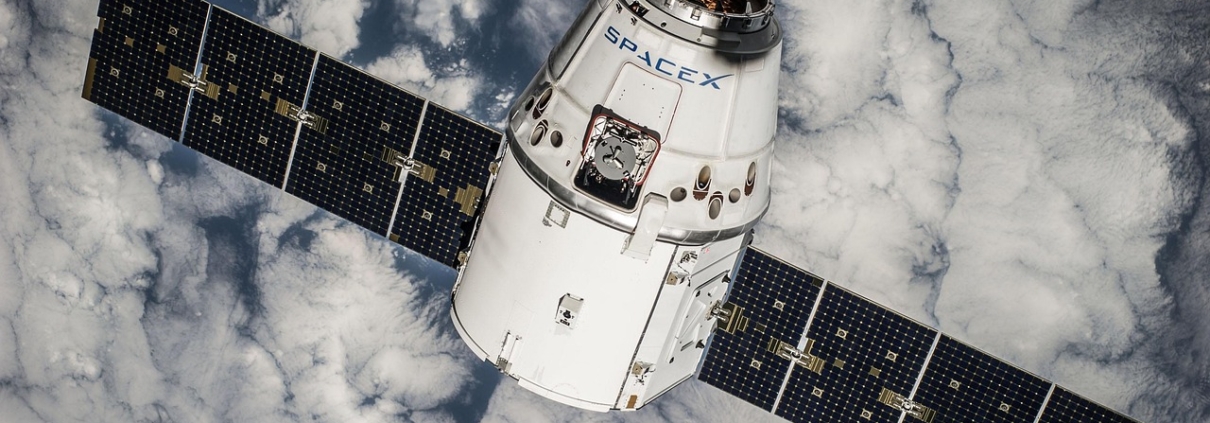
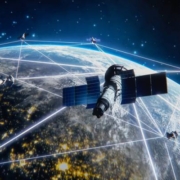
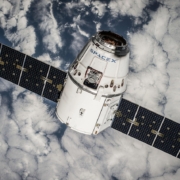
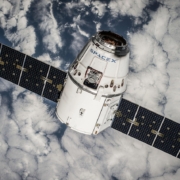
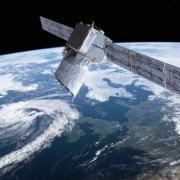

Leave a Reply
Want to join the discussion?Feel free to contribute!